EU declaration conformity
Outdoor temperature | humidity | CO | LPG sensor, PoM
Product description
This is a multifunctional parking garage gas sensor, that detects air quality parameters (VOC and NOx) and exhaust gases (CO and LPG). The ambient light sensor distinguishes Dark / Twilight / Daylight / Broad daylight.
Modbus RTU communication and 24 VDC power supply can be connected via the terminal block with spring cage clamps.
The measured values are transmitted via Modbus RTU communication - there are no analogue outputs.
This sensor can be installed outdoor or in harsh environments. All settings can be adjusted via Modbus RTU.
CO, LPG, VOC/NOX gas detection with a 5-minute pre-heating time.
The robust ABS plastic enclosure guarantees an IP54 protection degree.
Documents
Additional specifications and description
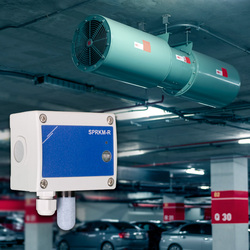
What are the Key Features and Applications of the SPRKM-2R HVAC Sensor?
This advanced HVAC sensor is specifically designed for critical environments such as underground, multi-story, and enclosed parking garages, as well as municipal and automotive facilities. Its primary purpose is to mitigate the hazards posed by exhaust buildup from vehicles like cars, buses, forklifts, and trucks, which can be detrimental to human health.
The SPRKM-2R goes beyond basic monitoring, it not only measures carbon monoxide (CO) gas, a prevalent airborne contaminant with significant health and safety implications, but also detects liquefied petroleum gas (LPG) concentrations and the NOx index. Additionally, it incorporates an ambient light sensor to provide a comprehensive understanding of the environment.
What are the Health and Safety Risks Associated with CO, LPG, and NOx Exposure?
Health and Safety Implications of Detected Gases:
Carbon Monoxide (CO): An odorless, colorless gas that binds to hemoglobin in the blood, reducing its ability to carry oxygen. This can lead to symptoms like headaches, dizziness, confusion, nausea, and in severe cases, unconsciousness and death due to oxygen deprivation to vital organs.
Liquefied Petroleum Gas (LPG): While generally considered non-toxic, LPG is an asphyxiant. In high concentrations, it displaces oxygen in the air, leading to symptoms of oxygen deficiency such as dizziness, headaches, nausea, drowsiness, and potentially rapid loss of consciousness and asphyxiation. It is also highly flammable, posing explosion and fire risks.
NOx Index (Nitrogen Oxides): The NOx Index is often a relative indicator used by air quality sensors, particularly in indoor environments. Primarily nitrogen dioxide (NO2), these gases are formed from fuel combustion. Short-term exposure can irritate airways, worsen respiratory diseases like asthma, and lead to symptoms like coughing and wheezing. Long-term exposure can contribute to the development of chronic lung disease and increase susceptibility to respiratory infections.
Nitric Oxide (NO): This is a colorless and odorless gas. It's the primary nitrogen oxide emitted from combustion sources like vehicle engines and power plants. While NO itself is less directly harmful to human health than NO2 at ambient levels, it's quickly oxidized in the atmosphere to form NO2. However, in occupational settings or at very high concentrations, NO can cause irritation to the eyes and respiratory tract, and at extremely high levels, it can interfere with the blood's ability to carry oxygen.
A key feature of the integrated ambient light sensor is its ability to facilitate the setting of 'active' and 'standby' levels through day and night detection. This allows for intelligent, adaptive system behavior based on lighting conditions.
Liquefied Petroleum Gas (LPG): While generally considered non-toxic, LPG is an asphyxiant. In high concentrations, it displaces oxygen in the air, leading to symptoms of oxygen deficiency such as dizziness, headaches, nausea, drowsiness, and potentially rapid loss of consciousness and asphyxiation. It is also highly flammable, posing explosion and fire risks.
NOx Index (Nitrogen Oxides): The NOx Index is often a relative indicator used by air quality sensors, particularly in indoor environments. Primarily nitrogen dioxide (NO2), these gases are formed from fuel combustion. Short-term exposure can irritate airways, worsen respiratory diseases like asthma, and lead to symptoms like coughing and wheezing. Long-term exposure can contribute to the development of chronic lung disease and increase susceptibility to respiratory infections.
Nitric Oxide (NO): This is a colorless and odorless gas. It's the primary nitrogen oxide emitted from combustion sources like vehicle engines and power plants. While NO itself is less directly harmful to human health than NO2 at ambient levels, it's quickly oxidized in the atmosphere to form NO2. However, in occupational settings or at very high concentrations, NO can cause irritation to the eyes and respiratory tract, and at extremely high levels, it can interfere with the blood's ability to carry oxygen.
A key feature of the integrated ambient light sensor is its ability to facilitate the setting of 'active' and 'standby' levels through day and night detection. This allows for intelligent, adaptive system behavior based on lighting conditions.
How does Modbus RTU enable SPRKM-2R's data access and BMS integration?
All these critical measurement values are readily accessible via Modbus RTU. As a widely adopted serial communication protocol in industrial automation and control systems, Modbus RTU enables seamless data exchange and control information flow between various devices like sensors, actuators, and controllers. This robust communication capability ensures that the SPRKM-2R can be effortlessly integrated into any Building Management System (BMS), providing real-time data for enhanced safety and operational efficiency.
How are Modbus RTU and Power Connected?
The Modbus RTU communication and 24 VDC power supply both connect to the device using a terminal block with cage clamps, ensuring a secure and straightforward connection. Once connected, all measured data can be accessed through the Modbus RTU communication protocol.
How Customizable Is the Sensor's Configuration?
This sensor is essentially plug-and-play, requiring no initial setup to get it running. Its default settings are suitable for most common applications. However, if you need to fine-tune its operation, all adjustments can be made via Modbus RTU. For instance, you can even control the brightness of the status LEDs. A comprehensive list of all adjustable settings is detailed in the Modbus register map.
What are the design and durability features of the HVAC sensor's enclosure?
The sensor features a robust enclosure crafted from high-quality r-ABS VO (UL94) plastic, produced at Sentera's own factory. This material is not only heat-resistant and fire-retardant but also exceptionally tough, providing excellent impact protection.
Every single sensor undergoes calibration and testing in our factory. We utilize only top-tier sensor elements and components, guaranteeing the long-term stability and accuracy of this HVAC sensor.
Designed for harsh environments or outdoor applications, the enclosure provides IP54 protection against the ingress of dirt and water. For optimal performance, however, it should be shielded from direct sunlight.

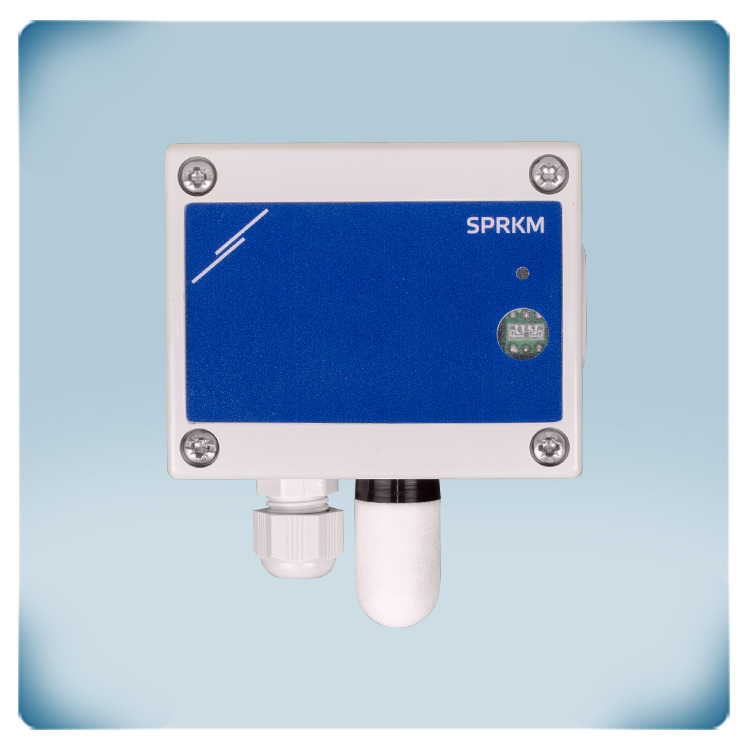
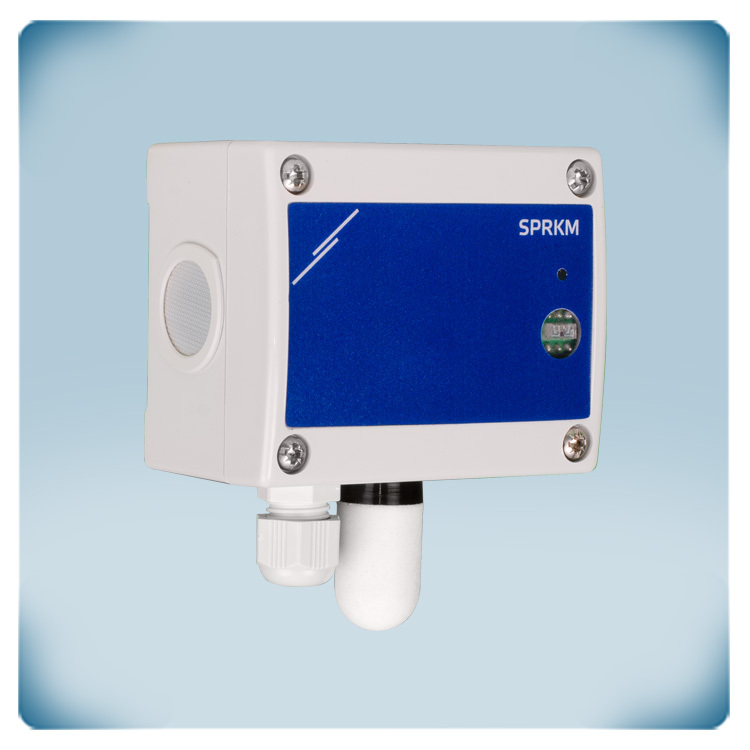
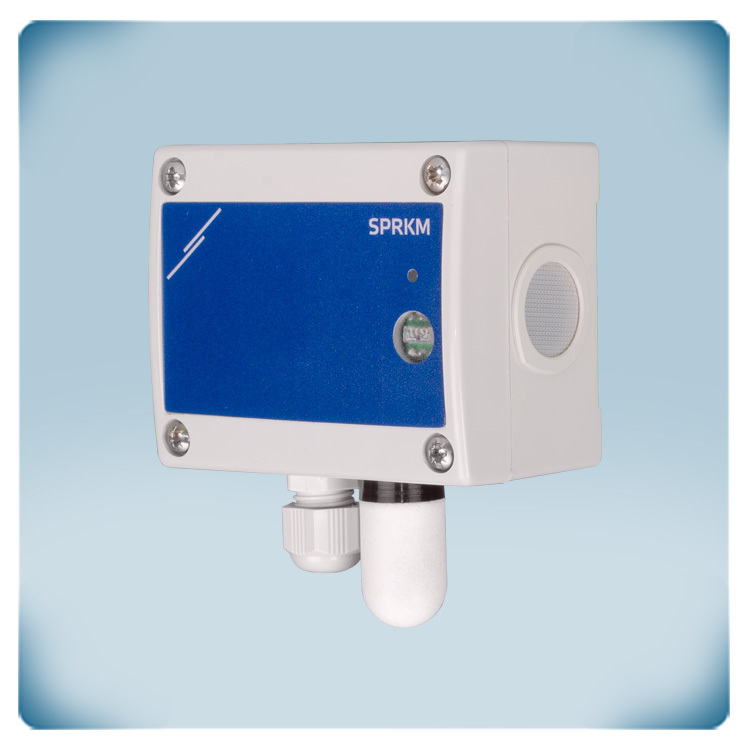
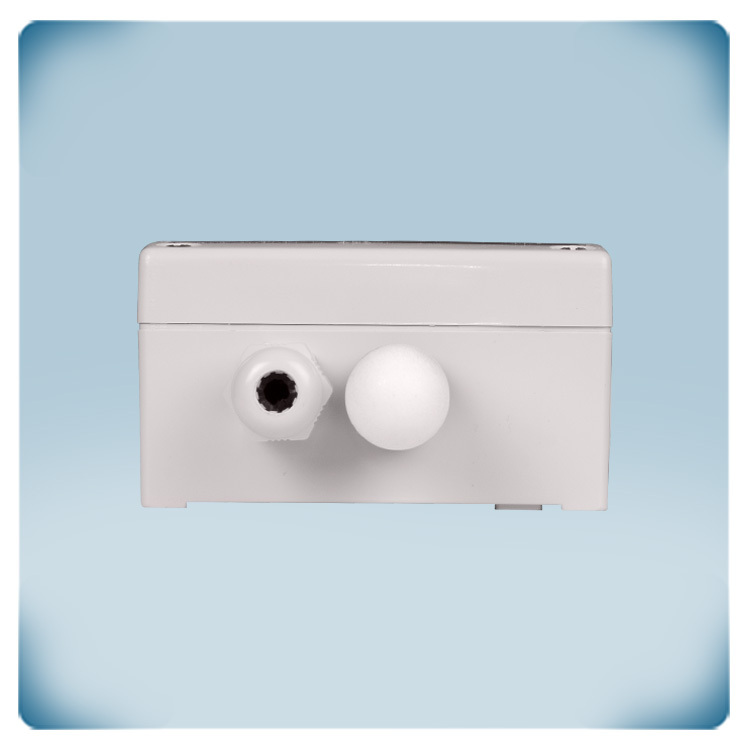
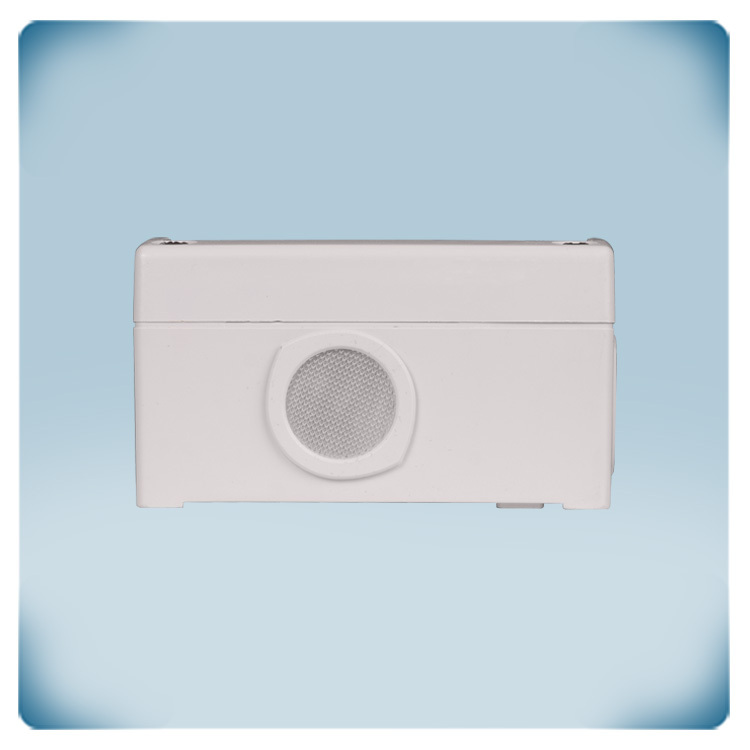
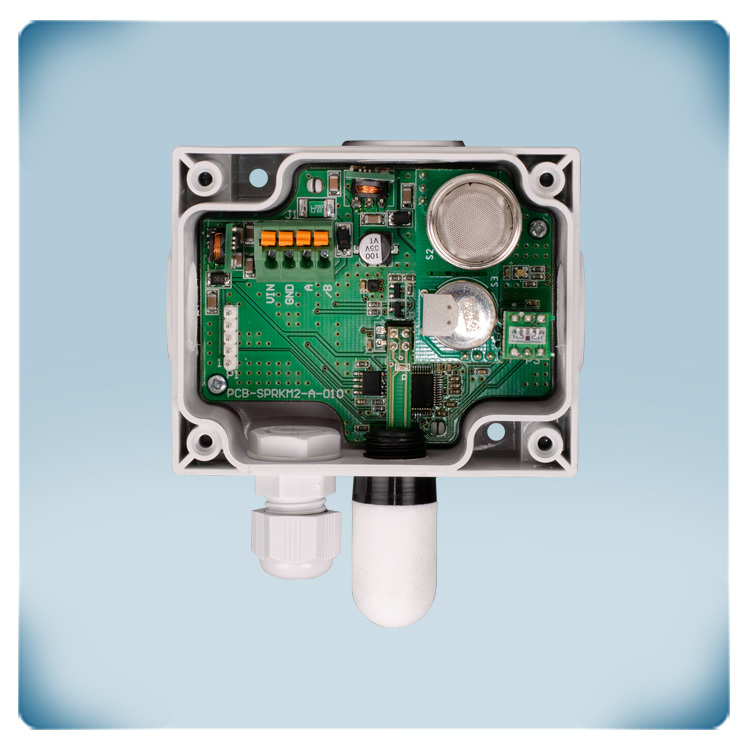
.webp)
.webp)
.webp)
.webp)
.webp)
.webp)
Remarks, reviews & ratings